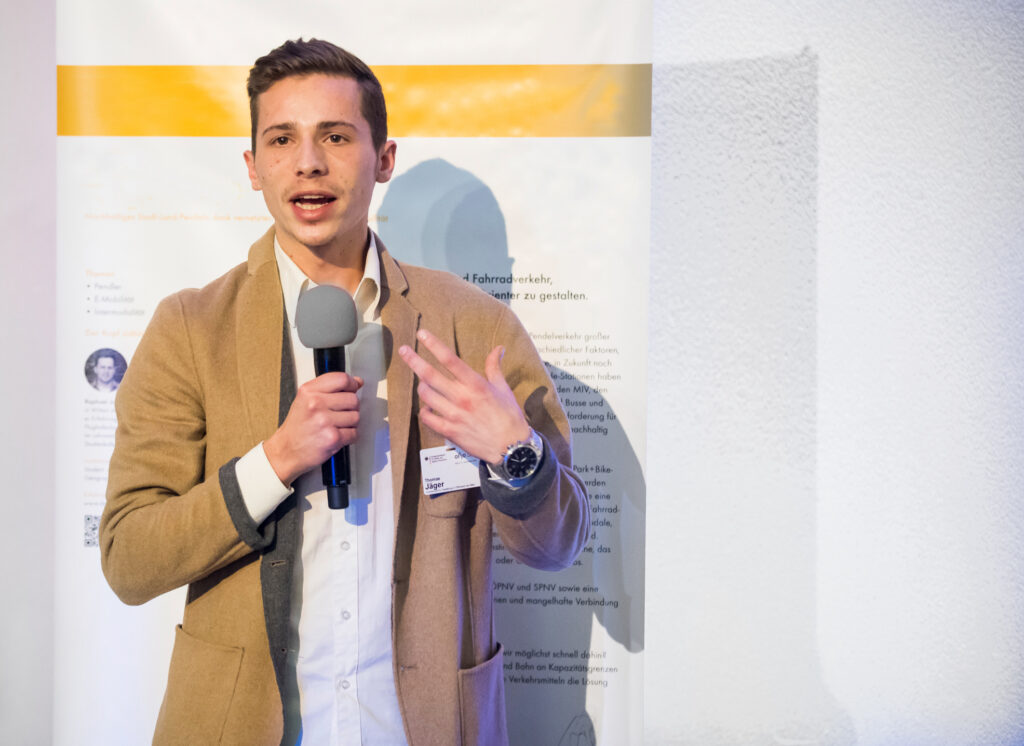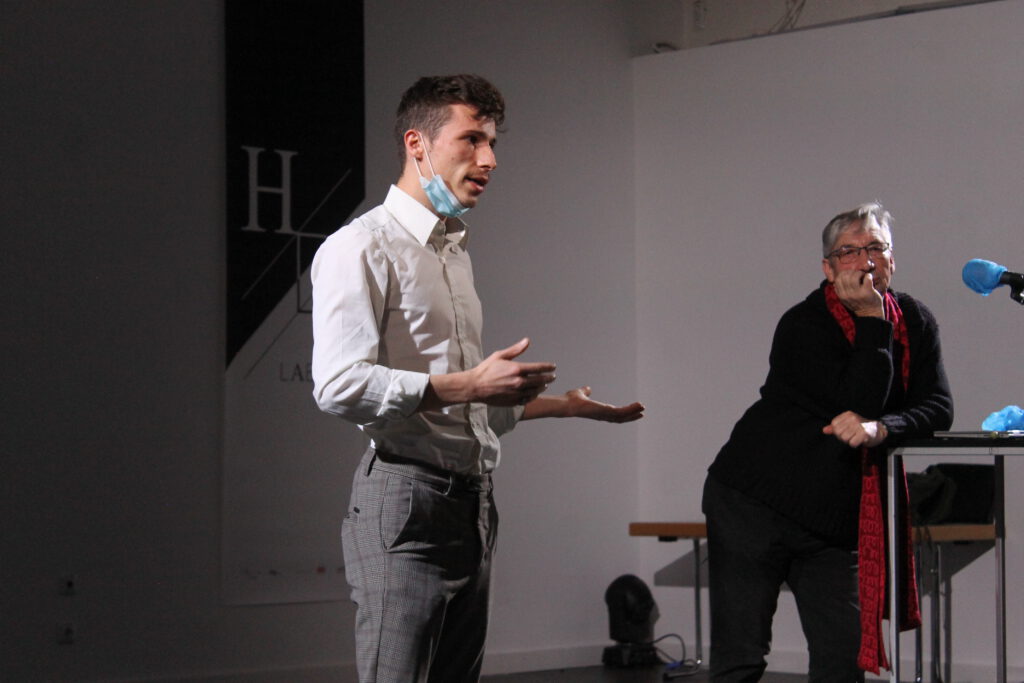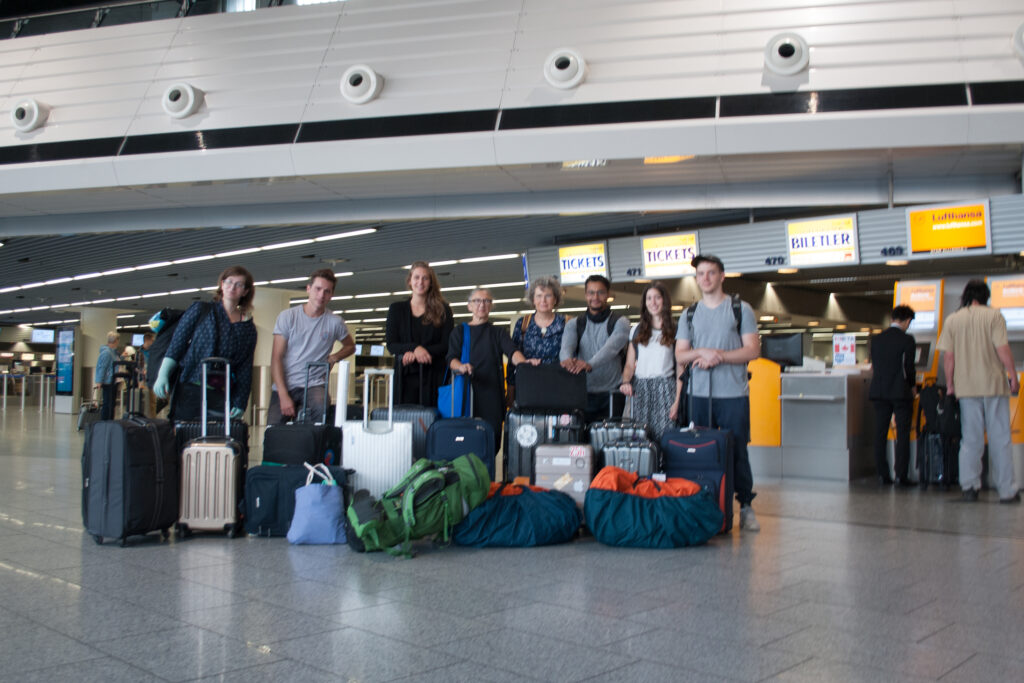CLAS
SIC
PRIVA
TE
SECTOR

The twenty first
centuries
problems ask all of us:
If we want to be
part of the Issue,
or soluition.
There are different ways becoming part of a social transformation.
Most people would say, they want to be for sure part of the solution. The question is rather: How?
Transferring knowledge on humanitarian innovation principles, methodologies, standards, vocabulary is the start. This is followed by a guided process, researching their potential role within the humanitarian/public sector, while identifying potential business cases. This can transform a classic private sector company into a respected and valued partner in the network.













